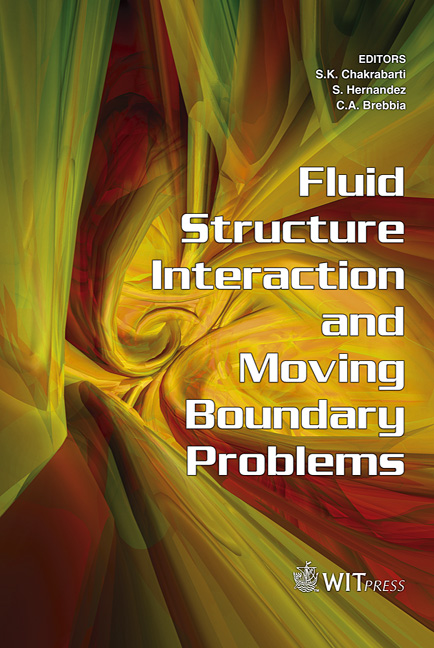Modeling Enhanced Blast Explosives Using A Multiphase Mixture Approach
Price
Free (open access)
Transaction
Volume
84
Pages
9
Published
2005
Size
677 kb
Paper DOI
10.2495/FSI050381
Copyright
WIT Press
Author(s)
M. R. Baer, R. G. Schmitt, E. S. Hertel & P. E. DesJardin
Abstract
In this overview we present a reactive multiphase flow model to describe the physical processes associated with enhanced blast. This model is incorporated into CTH, a shock physics code, using a variant of the Baer and Nunziato nonequilibrium multiphase mixture to describe shock-driven reactive flow including the effects of interphase mass exchange, particulate drag, heat transfer and secondary combustion of multiphase mixtures. This approach is applied to address the various aspects of the reactive behavior of enhanced blast including detonation and the subsequent expansion of reactive products. The latter stage of reactive explosion involves shock-driven multiphase flow that produces instabilities which are the prelude to the generation of turbulence and subsequent mixing of surrounding air to cause secondary combustion. Turbulent flow is modeled in the context of Large Eddy Simulation (LES) with the formalism of multiphase PDF theory including a mechanistic model of metal combustion. Keywords: shock physics, blast waves, two-phase flow, combustion. 1 Introduction Enhanced blast explosives (EBX) consist of energetic materials that are capable of producing high temperatures and high pressures over extended periods of time to greatly enhance the impulse and thermal output delivered by a blast.Whereas conventional high explosives produce extremely high pressures due to the full energy release at a shock front, the high pressure persists for only a short time. Enhanced blast explosives, on the other hand, produce lower pressures in the near field but sustain higher pressures and temperatures at a greater range over a longer duration
Keywords
shock physics, blast waves, two-phase flow, combustion.





